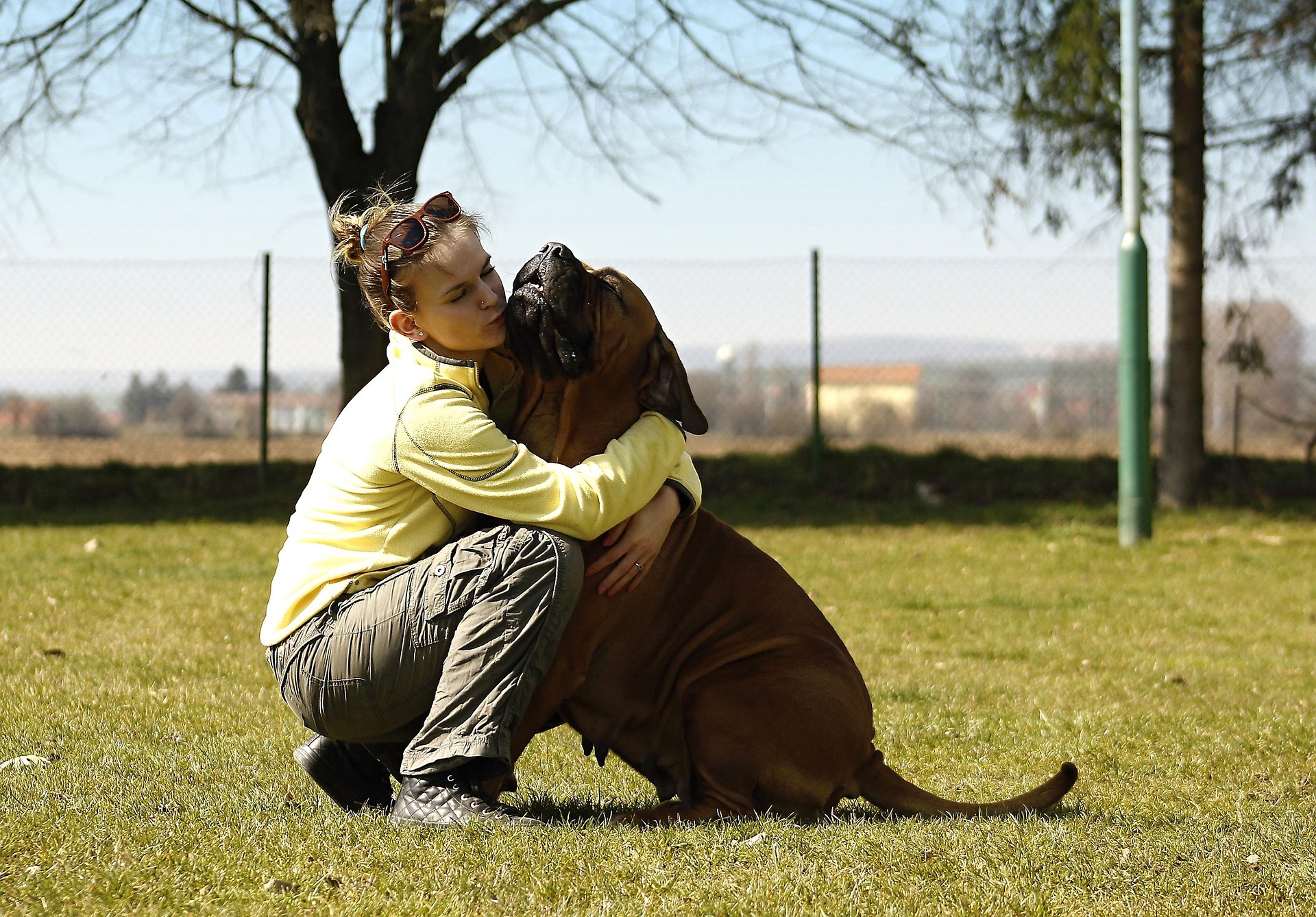Yes, it’s true! Your cat can be trained to walk on a leash. While letting your cat outdoors is not something we recommend, if your cat insists on going outside and you live in an area where it isn’t safe to let cats outside on their own because of traffic or other dangers, the only way you and your cat can have fun outside is to train them to walk on a leash. It’s not difficult to introduce your cat to the leash and if your pet is familiar with it, you can enjoy frequent outings together.
Will Your Indoor Cat Enjoy Going Outdoors?
You can let a cat outdoors on a leash if it absolutely insists on going outside. You need to be vigilant, of course, and make sure your pet is protected as much as possible against various bacteria, parasites, poisons, and the usual outdoor dangers that they may encounter. You also have to accept the fact that outdoor cats are never as safe as indoor cats because of the dangers. This is why we don’t recommend letting cats outdoors in the first place. Having your cat on a leash is the safest way to protect them if they want to be outdoors.
You may decide that you want your cat to remain indoors unless on a leash. The question is, will going outside be a treat and will the leash be accepted by your cat?
Maybe – Cats that are trained to walk on a leash generally enjoy being outdoors and exploring. As long as cats are trained slowly and at an early age, most of them can adjust to the outdoor experience. Walking on a leash can keep them from becoming bored and lazy. It allows them to have regular exercise, which helps to maintain their health and weight. It can also be fun for both of you!
Maybe Not – Some cats are never comfortable walking on a leash because of their personalities, their age, or their health. If you spend a lot of time slowly and patiently introducing the harness and leash with plenty of treats and praise, but your cat continues to resist, it is time to give up. Accept your cat’s decision to not walk on a leash and play indoor games instead.
How to Train Your Cat
When training your cat, each stage requires treats, praise, and patience.
1. Purchase the Right Equipment – The “right equipment” means a harness, not a collar. Cats can slip right out of a collar, so make sure you buy the correct sized harness, preferably one that is adjustable.
2. Introduce the Harness – Leave the harness near the food dish so your cat associates it with something nice—food, of course! If the harness makes a snapping sound or the characteristic Velcro sound when the harness is adjusted, make those sounds with the harness multiple times for several days so that your cat is used to the sound before you try fitting it on. After a few days to two weeks, put the harness on your cat right before mealtime, and take it off afterwards. Repeat for several days.
Once your cat is used to the harness, try adjusting it for size—you need to be able to fit two fingers under the harness. Leave it on for a few minutes and offer your cat a treat, some praise, and a pat on the head before taking it off.
3. Introduce the Leash – Your cat may not mind wearing the harness or it may take several days or weeks before it is accepted; take your time. When your cat is used to wearing and walking around with it, attach the leash. Let it drag on the floor while you feed your cat treats, give praise and a pat on the head, play for a bit, and then take it and the harness off.
After the leash is accepted, pick up the end and follow your cat around the house with the leash slack in your hand. Don’t forget the praise and treats! Then try gently coaxing your cat with a treat while guiding the harness. Don’t allow your cat to back out of the harness because you don’t want that to happen when you are out on a walk. Repeat this exercise daily for a few days.
4. Take Your Cat For Walks Outside – With the harness and leash attached, pick your cat up in your arms and walk out of the house. Never allow your cat to walk out or your cat will be streaking out the door whenever it is opened. Carry a towel with you in case your cat gets scared when you put them down on the ground. That way, you can quickly wrap up your cat in the towel to avoid being bitten or scratched before taking them back into the house.
Try going outside each day for an hour, always staying close to the door so that you can go back inside at a moment’s notice. After building their confidence while outside, your cat will soon enjoy going for walks. If at any point your cat drops to the ground with tail twitching and ears flattened back, stop the training session or the walk. Your cat is always the boss and you do whatever the boss wants!
Useful Hints
- Don’t tie up your cat outside and leave your pet unattended. A cat can be tangled up in the leash in no time or be spooked by another animal or a person and can’t get away.
- Keep your cat from picking up items and licking or chewing anything. Have some treats handy as a distraction.
- Remember that you are walking a cat, not a dog. Cats tend to be less inclined to be guided by a leash and they may decide for no obvious reason that today is not a good day for a walk. Or they may decide a walk is fine, but not at the same place as before, even though it was a perfectly acceptable place yesterday.
Most cats can be trained to walk on a leash, but not all. If you live in an area where it isn’t safe to let a cat outside and your cat refuses to cooperate with your training efforts, resign yourself to enjoying only indoor adventures with your pet. Again, we don’t advise letting cats outdoors, but if you need to then using a harness and leash is the safest way.
However, you could be lucky. Purchase a cat harness and leash and try training your pet. It may take many weeks of effort or you could be out walking with your cat quite soon. You’ll never know until you try!
Creative Commons Attribution: Permission is granted to repost this article in its entirety with credit to Hastings Veterinary Hospital and a clickable link back to this page.






